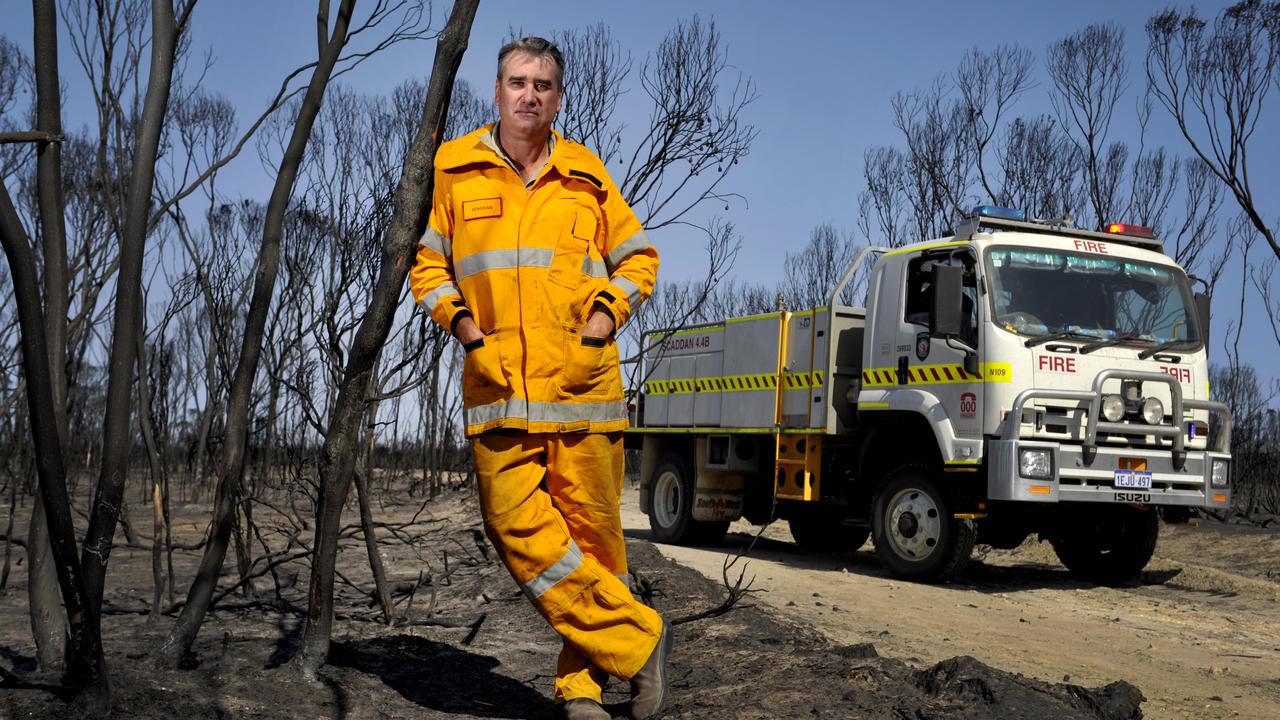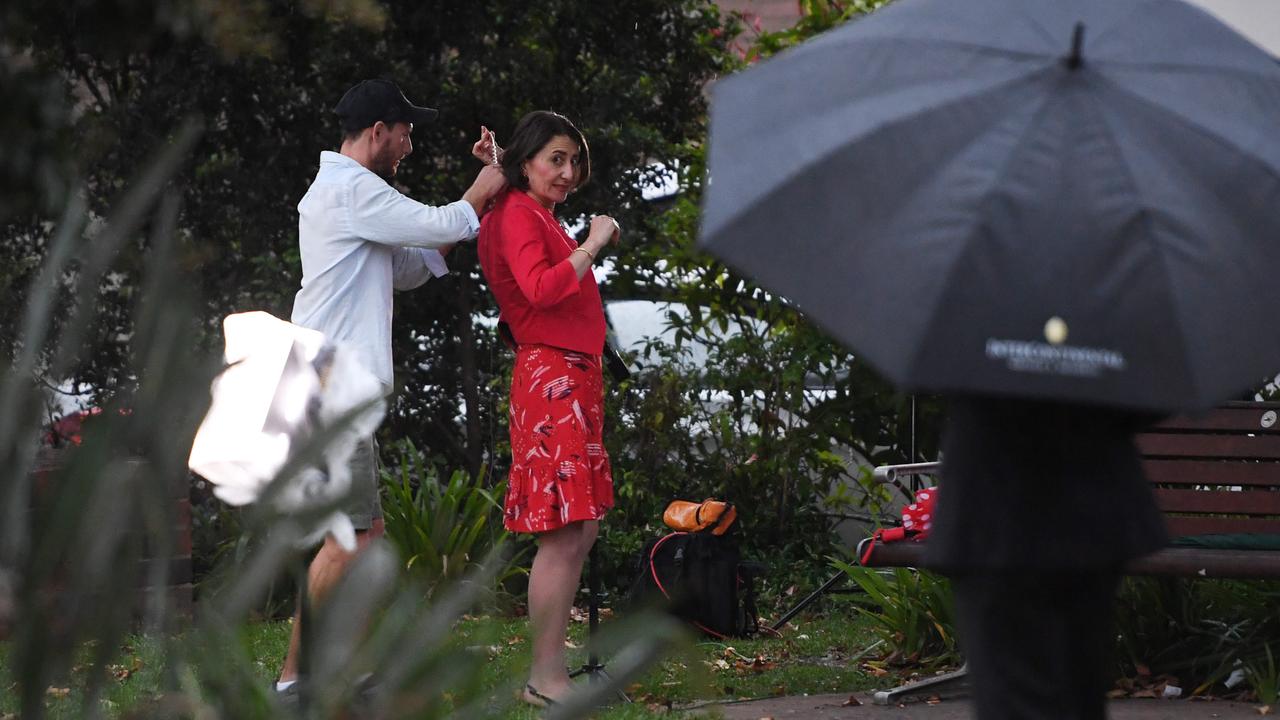LNP acts on fears of threat to Banjo country
QUEENSLAND'S Liberal National Party government has ruled out broadacre farming on the outback rivers that run to Lake Eyre.

QUEENSLAND'S Liberal National Party government has ruled out broadacre farming on the outback rivers that run to Lake Eyre, amid deepening concern that the rollback of the state's Wild Rivers laws will threaten pristine country immortalised by bush bard Banjo Paterson.
At stake is the future of the western river systems that have been etched into the folklore of the Outback: the Diamantina, Georgina and, of course, the Cooper, where Paterson's man, Clancy of the Overflow, went a-drovin in the "wild erratic fancy" of his poetry.
"Sleeper" irrigation licences that provoked a bitter battle in the late 1990s when farming interests tried to activate them on a Queensland-controlled stretch of Cooper Creek and its floodplain are the focus of renewed angst.
Scientists, graziers and indigenous elders have united to push for a Murray-Darling-style deal to protect the Lake Eyre Basin, spanning nearly 1.2 million sq km of Queensland, South Australia, the Northern Territory and NSW.
Queensland Natural Resources Minister Andrew Cripps told The Australian that the "large-scale irrigation" generally needed for cotton cropping was not on the agenda of a review he had instigated into the Wild Rivers declaration by Anna Bligh's former state Labor government.
But he confirmed the advisory panel on the future of the western rivers would consider small-scale irrigation and mining opportunities before reporting next month to the LNP government.
"I have never talked about large-scale irrigation . . . I specifically and clearly indicated to members of the panel that what I was asking them to consider was small-scale irrigation," Mr Cripps said. Third-generation grazier Angus Emmott, who runs cattle on the Thomson River, above where it joins Cooper Creek, said about 62ha of farmland was irrigated by that watercourse, producing cattle fodder and sorghum. Another 250ha of farmland is irrigated from the Diamantina River in Queensland, state government figures show.
A member of the Western Rivers Advisory Panel set up by Mr Cripps, Mr Emmott is adamant no further irrigation should happen.
"It does not make sense to compromise because a couple of people at the top want to kick irrigation into gear," he said.
The western rivers rise in central and northwest Queensland and wind through the channel country of the state's southwest, spilling across vast flood plains in times of plenty, then retreating into ribbons of dry sandbed interspersed by waterholes.
Part of Mr Emmott's 50,000ha property south of Longreach went under water recently when the Thomson burst its banks.
Only rarely does the flood reach Lake Eyre in the baking South Australian desert. But sightseers have been spoilt as the catchment filled for three years running before drying out last December, in a boom-and-bust marvel of the Australian bush.
After meeting in the outback centre of Longreach last week, the Lake Eyre basin defenders issued a plea to the premiers of Queensland and South Australia and federal Environment Minister Tony Burke for the vast catchment to be secured by its own act of parliament.
Mr Cripps said it was "inappropriate and unfortunate" to draw comparisons with the Murray-Darling Basin, the nation's foodbowl far to the east with a mean annual runoff of 23.550 gigalitres, six times that of the western rivers.
The volumes that could be extracted from them were a fraction of those on the chronically overused Murray-Darling system, where up to 10,873GL could be diverted under the basin plan. This compared with just 17.7GL held in existing water and irrigation licences on the Cooper, with "sleeper" leases accounting for about 10GL of that potential supply, according to the 2011 state government water resource plan.
Some of the biggest and most contentious inactive licences are on the floodplain near the Queensland town of Windorah, scene of the last confrontation with cotton proponents, who failed in the face of the outcry.
Richard Kingsford, an outback ecology expert at the University of NSW, calculates that 16ML/ha is needed to water crops on the Cooper, nearly three times what it takes on the Murray-Darling.
Despite Mr Cripps's assurances, he warned that any weakening of the Wild Rivers provisions -- which ban development likely to disrupt flows on the rivers and their floodplains, and impose strict conditions on any pumping -- would be disastrous for "some of the last healthy unregulated river systems on earth".
Professor Kingsford, also on the Western Rivers Advisory Panel, said further irrigation or mining would cause permanent harm to flows. Referring to the review of the wild rivers protection by the Queensland government, he said: "There is a lot of concern that this is really opening up a huge loophole in the protection of the Cooper and the Georgina and Diamantina."
Mr Cripps hit back, saying the government recognised the unique ecological properties of the western rivers, but this had to be balanced against the economic needs of local communities that were losing jobs and residents.
"What I am asking people to consider is whether they would support new opportunities given that there is 21st-century technology in both irrigated agriculture and the resources sector."



